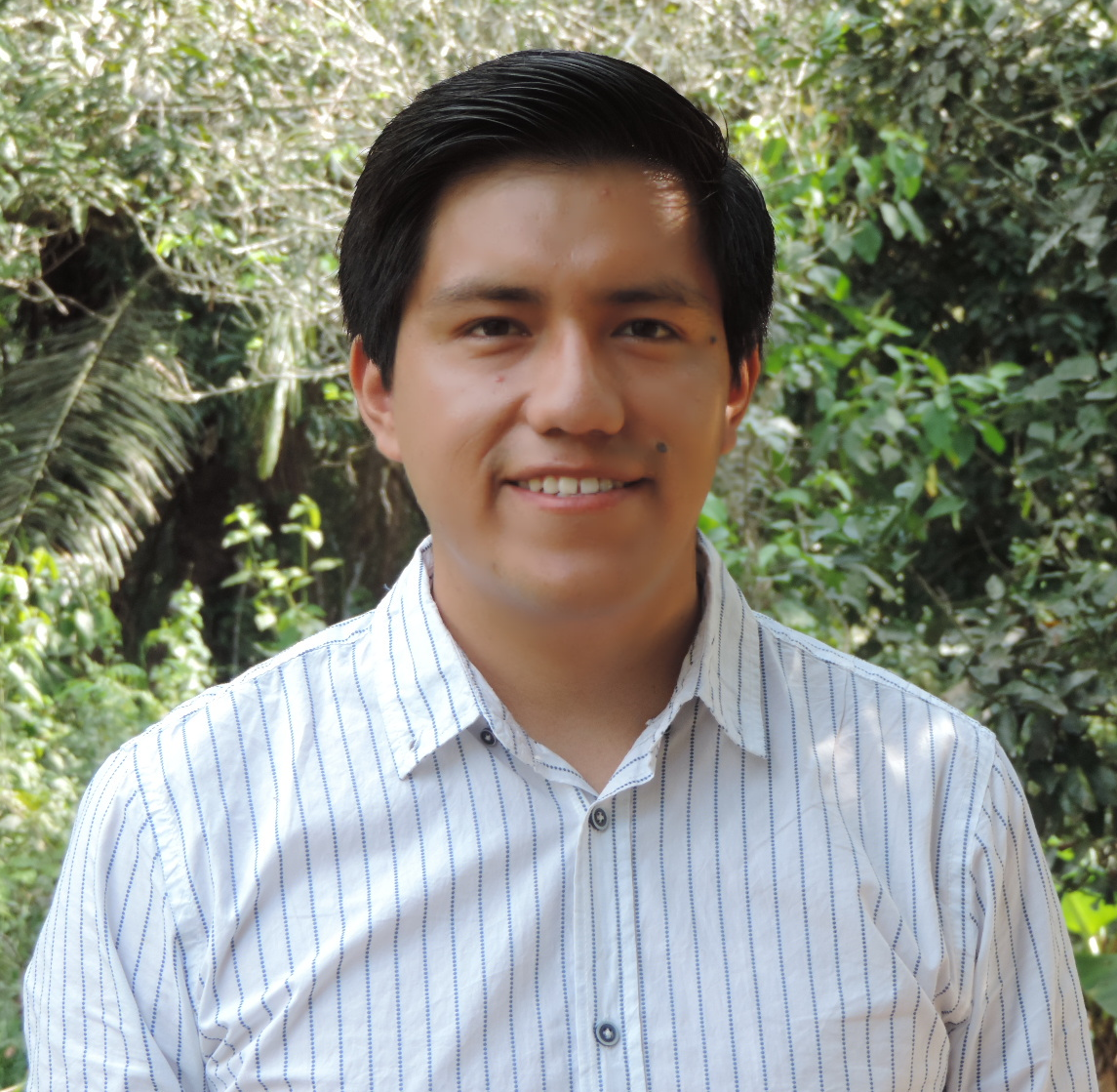Bridging ASGM Information and Data Gap
Innovation Description
We harness immense amounts of satellite, drone, and ground data and use artificial intelligence to turn it into actionable information for policy makers and for the AI development community.
Team
Dr. Miles Silman, Biology, Wake Forest University - USA
Dr. Sarra Alqahtani, Computer Science, Wake Forest University - USA
Dr. Paúl Pauca, Computer Science, Wake Forest University - USA
Dr. David Lutz, Environmental Studies Program, Dartmouth College - Hanover, NH, USA
Jorge Caballero, Center for Energy, Environment, and Sustainability, Wake Forest University - Peru
Max Messinger, Center for Energy, Environment, and Sustainability, Wake Forest University - USA
Reason for applying
“We believe that advances in AI and deep learning can be exploited to develop better data-driven models of environmental processes. These processes can improve our ability to study current and future trends, including ecosystems wellbeing and pollution. We are passionate about utilizing the potential of AI to make progress toward sustainable development goals in the tight race with irreversible changes in our planet. In our proposal, we leverage the potential of AI and DL to process large amounts of data very quickly, and to draw conclusions from that information that humans may not have the capability to see otherwise.”






